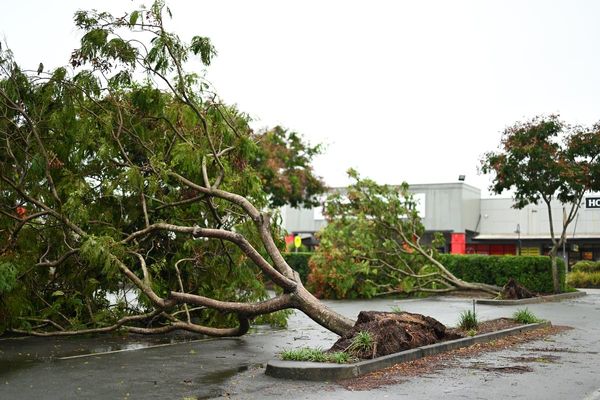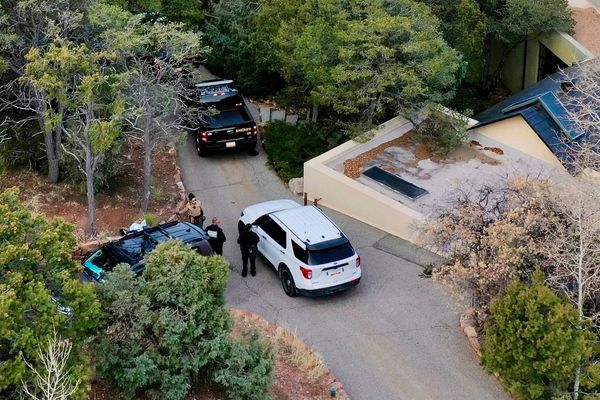Poor visibility led to a helicopter crash that killed a high-profile businessman in the New South Wales Snowy Mountains earlier this year, Australia's air safety investigator has found.
The Bell 206 Longranger L-4 was one of seven helicopters travelling on a flying tour from a private property in Canberra to Mangalore in Victoria on April 3 when it crashed.
Both the pilot and passenger died in the crash.
The helicopter's pilot was high-profile businessman and Barbeques Galore company director Peter Woodland, 75, and the passenger was his 64-year-old partner.
Australian Transport Safety Bureau (ATSB) chief commissioner, Angus Mitchell, said while the pilot had initially made the "right decision" to land earlier that day due to poor weather conditions, his decision to take off again in the afternoon led to the fatal accident.
"The pilot's decision to launch again and push on, for reasons that we will never fully comprehend, put the helicopter into a dangerous environment," he said
"[There were] powerful and misleading orientation sensations and no visual cues."
The helicopter became separated from the group after leaving Canberra, prompting a search to be called.
After becoming separated, the aircraft had landed safely near Long Plain Road in the Brindabella region at 11.30am but was unable to initially contact the other group members due to poor mobile reception.
A preliminary report from the Australian Transport Safety Bureau revealed the initial search was called off after the pilot was able to make contact with other members of the group.
A motorist and police then witnessed the aircraft take off from Long Plain Road just before 3pm to continue its journey.
Less than an hour after that, the helicopter fatally crashed near Kiandra in Kosciuszko National Park.
Emergency services found the wreckage on April 4, the following day.
Findings prompt safety message
The ATSB found it was "highly likely" that cloud and visibility conditions on the day resulted in the pilot losing clear vision and becoming disoriented before the crash.
"Low cloud and poor visibility conditions were forecast across the Brindabella Ranges on the day of the accident," the report stated.
"Photographs, along with police and witness reports, showed that at the time of the [final] departure, the cloud and visibility conditions were unsuitable for visual flight."
The report also found that the pilot did not hold an "instrument rating," which is needed to fly under "instrument flight rules" that are used when weather conditions and visibility are poor.
The helicopter was also only certified for day "visual flight," which means the pilot had to operate the aircraft in clear weather conditions.
The safety bureau stated that weather-related incidents remained one of the most significant causes of fatal accidents in general aviation.
"The ATSB continues to see this category of accident happening," Mr Mitchell said.
"In fact, this is the second final report that we've published this month into a fatal accident where a visually rated pilot has likely lost spatial orientation and collided with terrain."
According to Mr Mitchell, 11 accidents have occurred due to poor weather visibility since 2012 in Australia, leading to 22 deaths.







